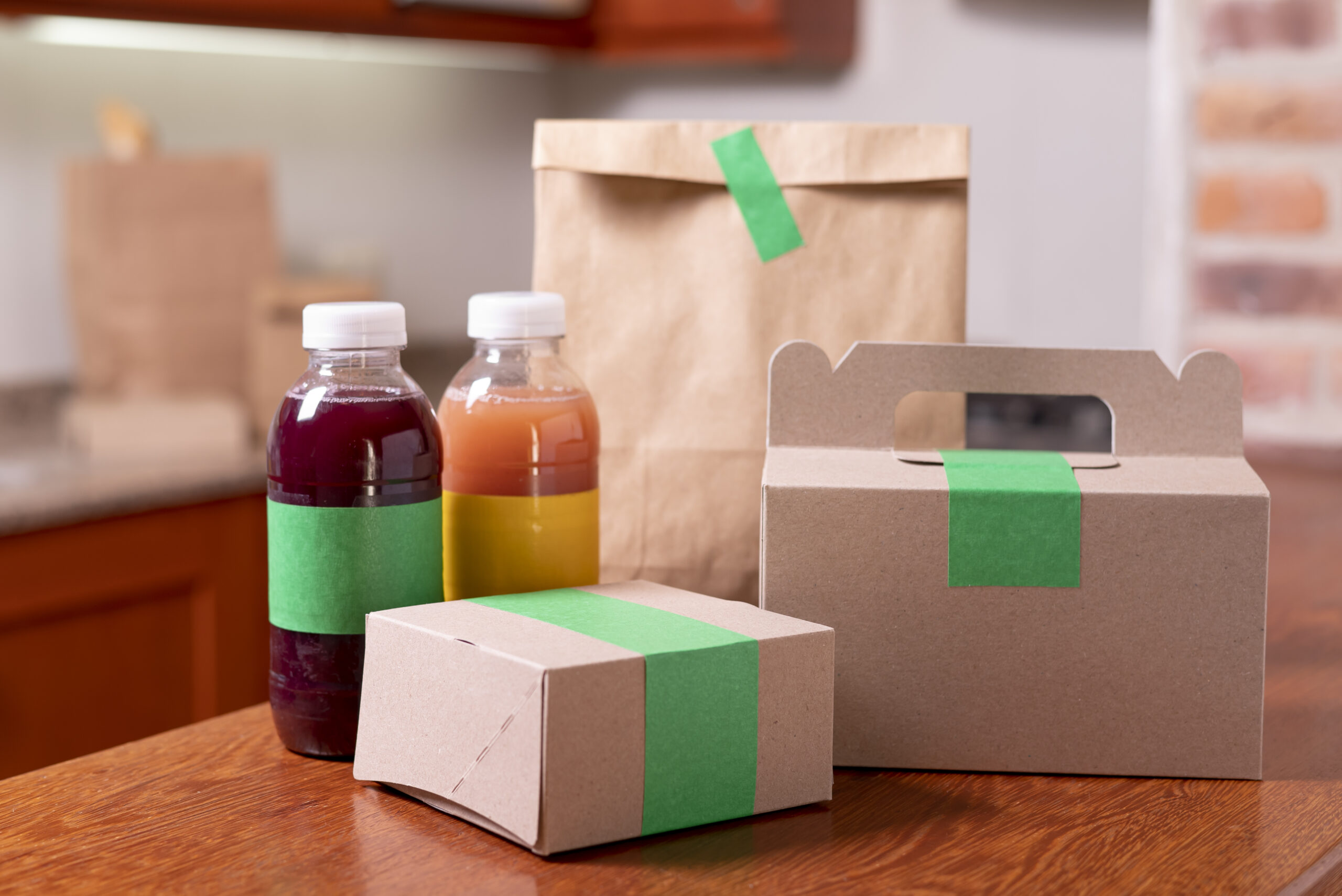Introduction
In the vast landscape of consumer goods, the packaging that houses our daily essentials plays a crucial role in safeguarding products, providing information, and influencing our purchasing decisions. In Canada, a country known for its commitment to safety and environmental responsibility, regulations on food packaging are robust and constantly evolving. This blog aims to unravel the intricate web of Canadian laws governing food packaging, exploring their impact on consumers, businesses, and the environment.
Understanding the Regulatory Landscape
1. Canadian Food Inspection Agency (CFIA)
At the forefront of regulating food packaging in Canada is the Canadian Food Inspection Agency (CFIA). Established to safeguard food safety and consumer interests, the CFIA plays a pivotal role in enforcing various regulations related to food labeling, packaging, and advertising.
2. Food and Drugs Act
The Food and Drugs Act is a cornerstone of Canadian legislation governing food products, including their packaging. This legislation empowers the Minister of Health to establish standards and regulations to ensure the safety and quality of food sold in Canada.
3. Consumer Packaging and Labeling Act (CPLA)
The Consumer Packaging and Labeling Act (CPLA) is another key piece of legislation that focuses specifically on the labeling and packaging of consumer products, including food items. The CPLA sets out requirements for accurate labeling, ensuring that consumers have access to essential information about the products they purchase.
Key Considerations in Canadian Food Packaging Laws
1. Bilingual Requirements
Canada’s unique linguistic duality is reflected in its packaging regulations. Both English and French must be used on labels and packaging, and the text must be easily legible and prominently displayed. This requirement ensures that all Canadians, regardless of their language preference, can access important product information.
2. Nutritional Labeling
The CFIA mandates comprehensive nutritional labeling on packaged food products. This includes information on serving sizes, calories, nutrients, and allergens. Clear and accurate nutritional labeling empowers consumers to make informed choices about their dietary intake.
3. Allergen Declarations
Given the rise in food allergies, stringent regulations exist to protect consumers with allergen sensitivities. Food packaging must clearly declare the presence of common allergens such as peanuts, tree nuts, soy, dairy, wheat, and others. This is crucial in preventing accidental consumption that could have severe consequences for individuals with allergies.
4. Country of Origin Labeling
In an effort to promote transparency and support local industries, Canadian food packaging laws require clear indication of the country of origin for certain products. This allows consumers to make choices based on factors such as freshness, environmental impact, and supporting domestic producers.
5. Health Claims and Advertising Standards
The CFIA closely monitors health claims and advertising on food packaging to prevent misleading information. Claims related to the health benefits of a product must be substantiated by scientific evidence, ensuring that consumers are not misled into making choices based on false or exaggerated claims.
6. Packaging Material Regulations
Beyond the information displayed on packaging, Canadian laws also address the materials used in packaging. This includes restrictions on certain substances to ensure that packaging materials do not pose health risks or contaminate the enclosed food products.
Environmental Considerations and Sustainable Packaging
1. Extended Producer Responsibility (EPR)
Canada has been actively addressing the environmental impact of packaging through Extended Producer Responsibility (EPR) programs. These programs place the onus on producers to manage the life cycle of their packaging materials, encouraging the adoption of sustainable practices and the reduction of packaging waste.
2. Plastic Bans and Reduction Targets
In response to the global concern over plastic pollution, several provinces in Canada have implemented or proposed bans on certain single-use plastics. Additionally, there are national discussions and initiatives to set targets for reducing plastic waste, encouraging the use of alternative, more sustainable packaging materials.
3. Circular Economy Initiatives
The concept of a circular economy, where materials are reused, recycled, or repurposed, is gaining traction in Canada. This approach aims to minimize the environmental impact of packaging by promoting responsible consumption and waste management.
Challenges and Future Considerations
1. Harmonization of Regulations
Canada’s federal system means that regulations can vary between provinces, posing challenges for businesses operating nationally. Efforts to harmonize regulations and create a more consistent framework are ongoing to streamline compliance and facilitate industry operations.
2. Technological Advancements and Labeling Innovation
As technology evolves, so do opportunities for innovation in food packaging. The regulatory landscape must adapt to accommodate emerging technologies, such as smart packaging and blockchain, which can enhance traceability and transparency in the food supply chain.
3. Balancing Safety and Sustainability
Finding the right balance between ensuring food safety and promoting sustainability is an ongoing challenge. Striking this balance requires collaboration between government agencies, industry stakeholders, and consumers to develop solutions that meet both health and environmental objectives.
Conclusion
Canadian laws on food packaging are a dynamic and comprehensive framework designed to protect consumers, promote transparency, and address environmental concerns. As the nation grapples with the challenges of a rapidly changing global landscape, the regulatory landscape will continue to evolve. Businesses, consumers, and regulatory bodies must work collaboratively to navigate these changes, ensuring that food packaging in Canada remains both safe and environmentally responsible. In doing so, Canada can continue to set an example for the world in fostering a sustainable and health-conscious approach to food packaging.







